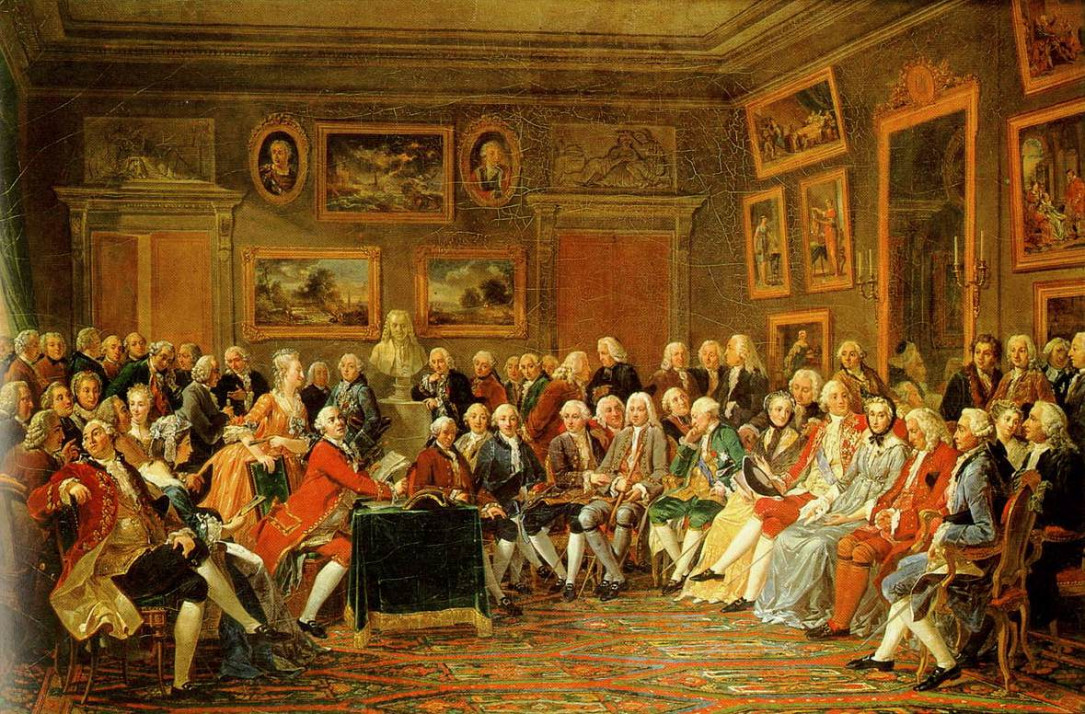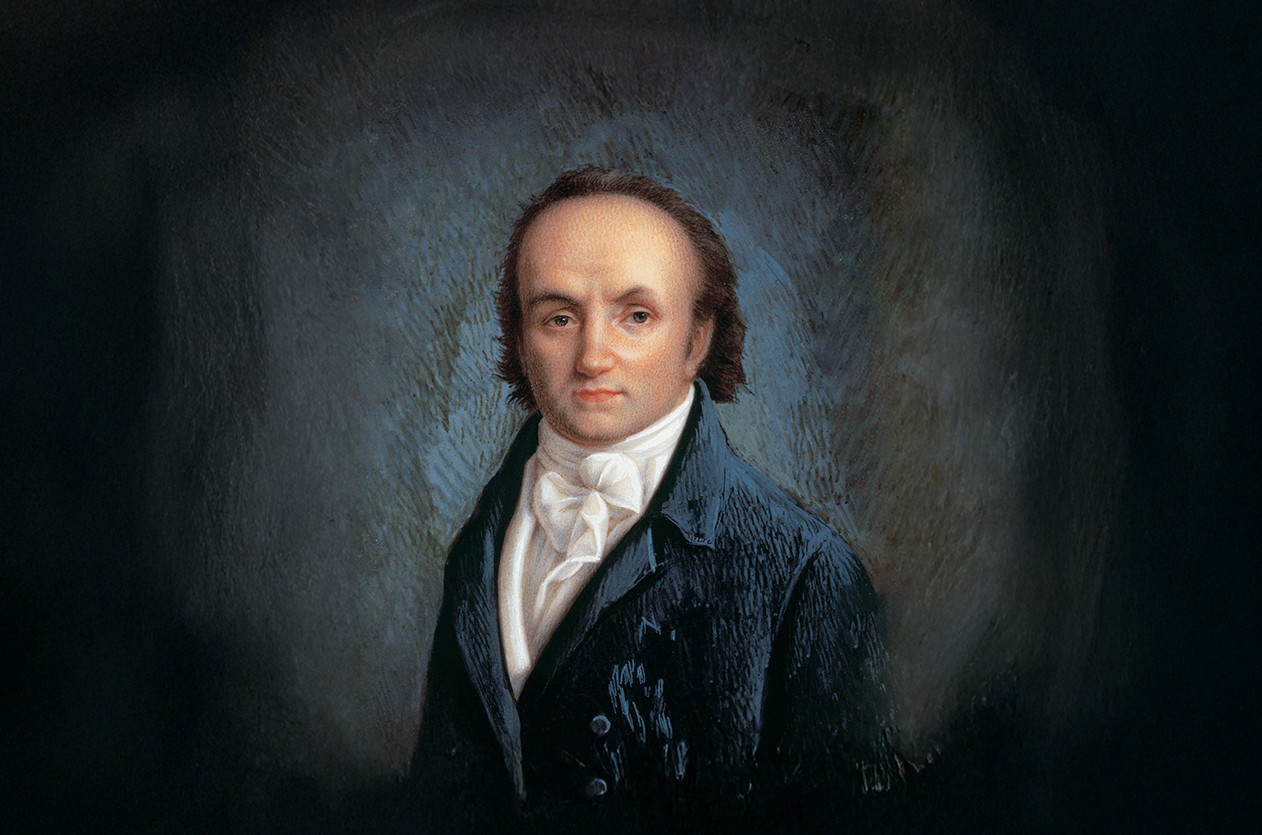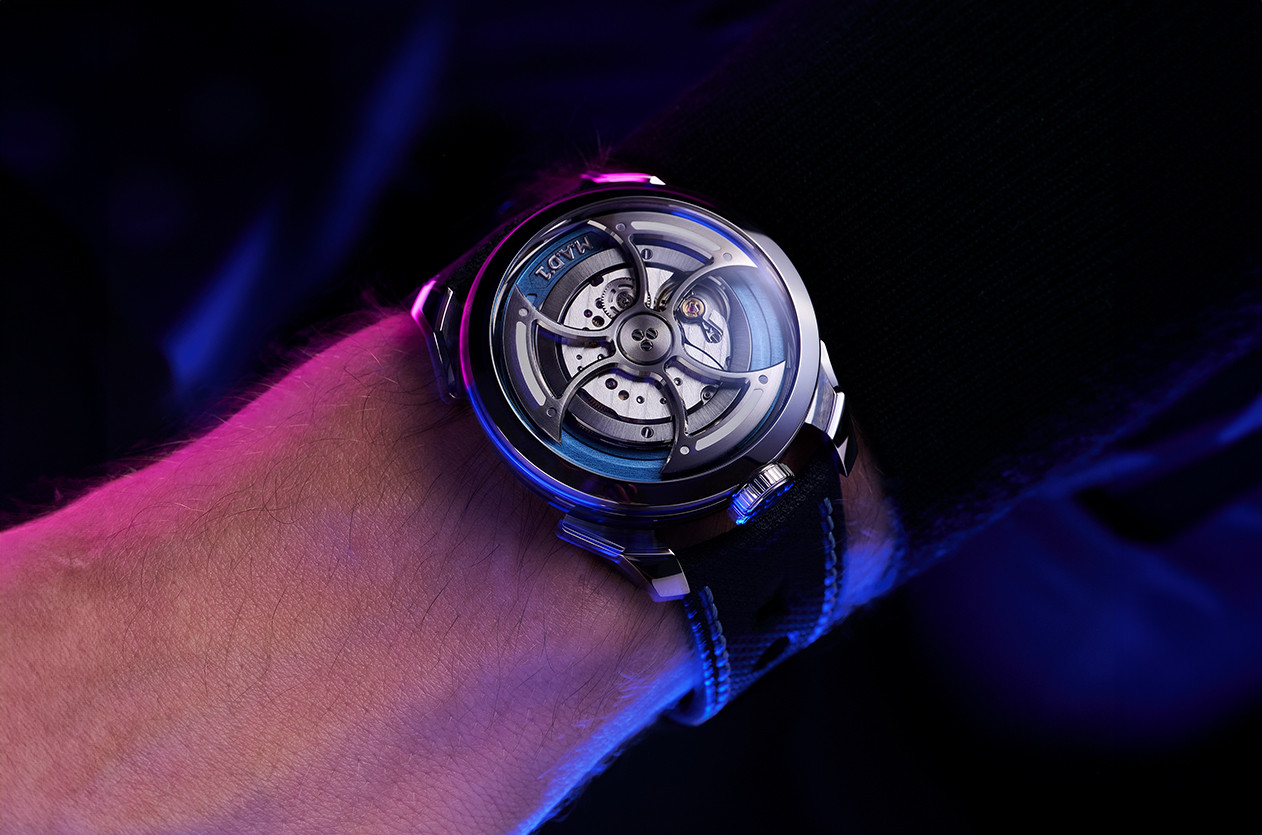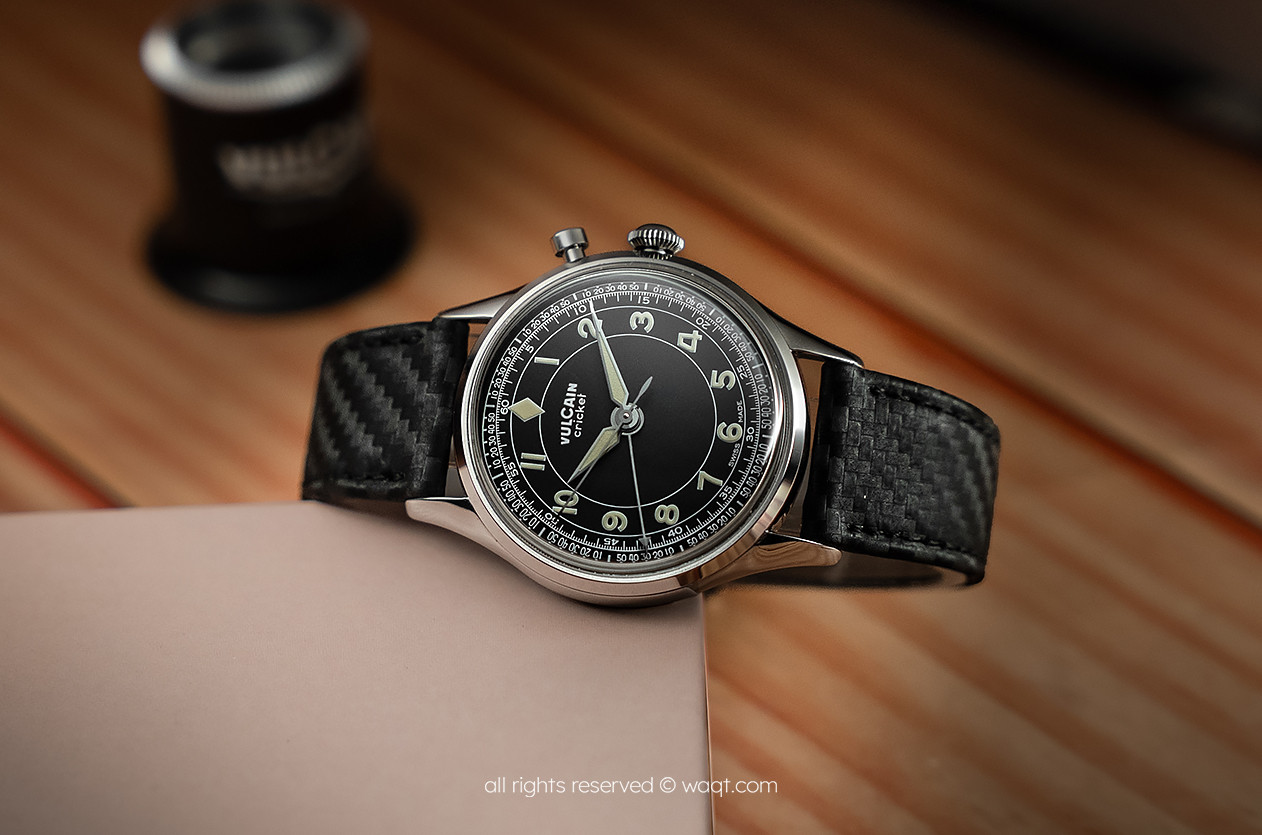
Introducing Seiko Unveils the Presage Cocktail Time SRPL96J “The Conte”
Welcome to the hub of the horoloy
The Enlightenment era was a significant period in history that witnessed an intellectual and cultural transformation in Europe and the West. It was characterized by a focus on science, reason, progress, and liberation from religious beliefs and absolute authority. This phenomenon is attributed to the continuous development of scientific, philosophical, and political knowledge throughout the Middle Ages and the Enlightenment.
Clocks played a crucial role during this period, surpassing their importance as time-measuring tools and becoming symbols of progress, knowledge, and social organization. Clocks evolved during this period from simple instruments used to determine prayer times or work in fields to artistic pieces that reflected the complexity of art and engineering in the Enlightenment era.
In addition, complex mechanical techniques and mechanisms for clock manufacturing were developed thanks to the scientific and technological discoveries that came with this era. Advanced principles of physics and engineering were employed in the design and construction of clocks, leading to the advancement of precision and accuracy in time measurement.
During this period, clock design was closely associated with the philosophy and spirit of the Enlightenment. Small pocket watches that could be easily carried became popular, adorned with intricate artistic details. Precious materials such as gold and silver were incorporated into clock manufacturing, symbolizing wealth and luxury.
Clocks carried philosophical symbolism in this era, representing the value placed on time, organization, and progress, which were values associated with the Enlightenment. They also reflected the belief in human capacity to comprehend and control the universe through scientific and technological knowledge.
Finally, the strong Enlightenment spirit that prevailed during that period continues to influence the world today, prompting us to question, explore, and strive for progress and development in all aspects of our lives. The Enlightenment era and the clocks created during it will undoubtedly remain engraved in human memory as examples of pivotal points that witnessed significant transformation in human history.


News Dubai Watch Week 2025 Will Be the Largest Ever with 90 Brands Participating

Technical The Frequency, Why It Matters in Mechanical Watches

Editorial The Secrets of Watch Case Design

Editorial Abraham-Louis Breguet, The Father of Modern Horology

Introducing MB&F Unveils the New Generation of Its Famous Collection the M.A.D.1S

Hands on Vulcain Cricket Classic 39mm Black & Khaki